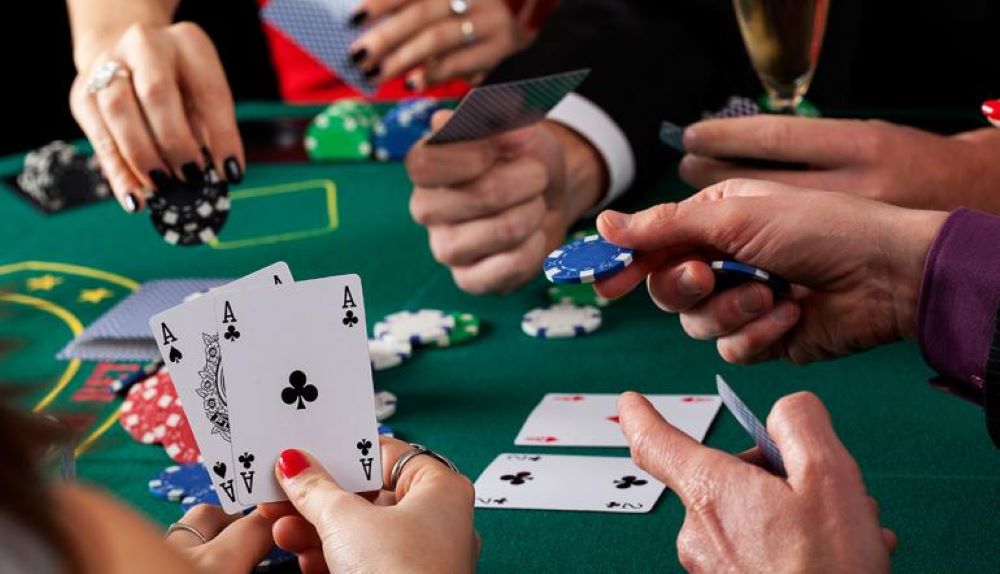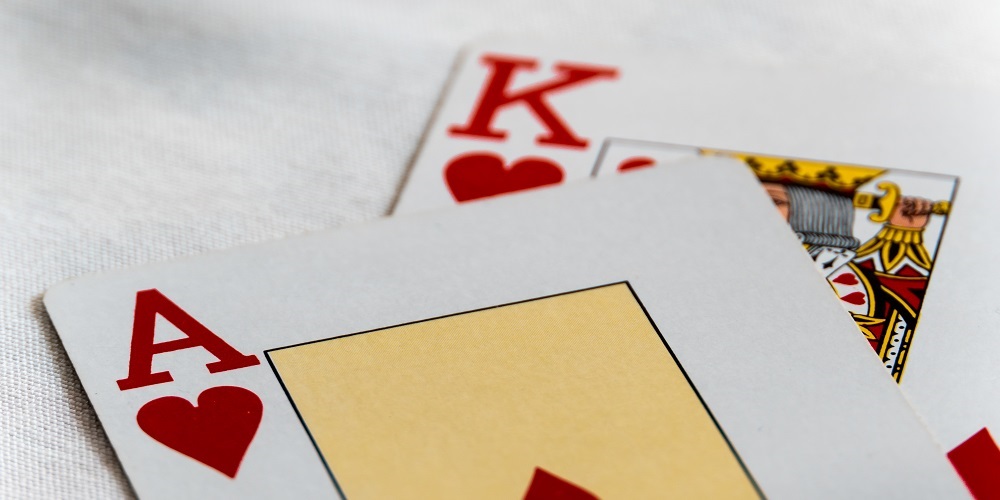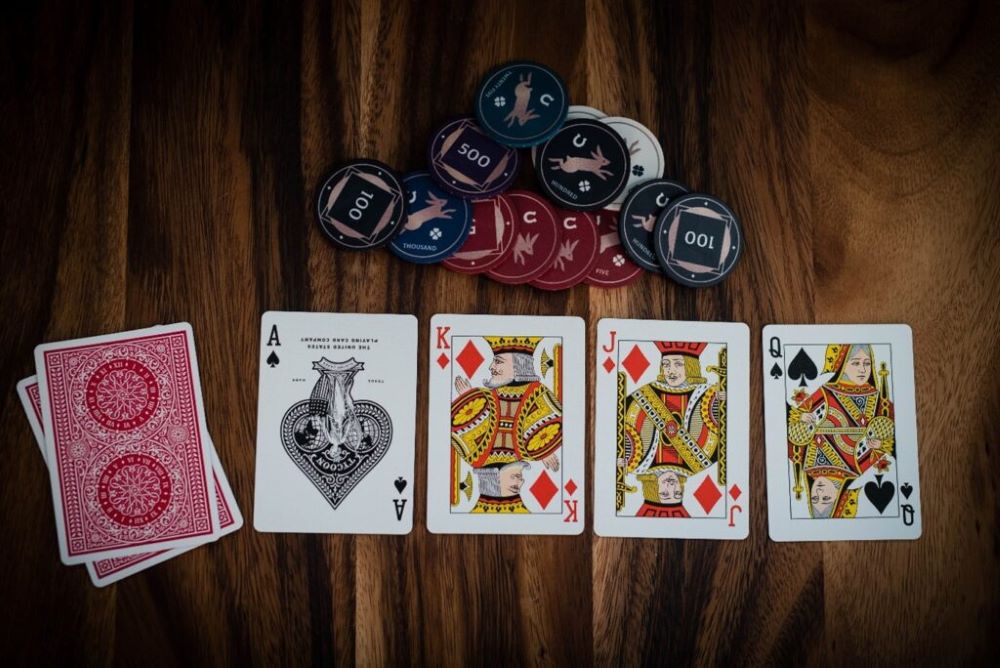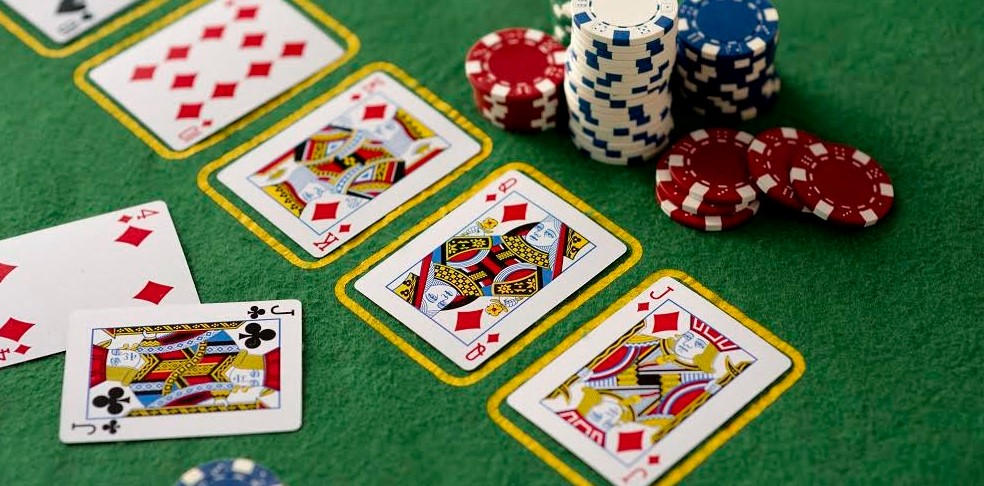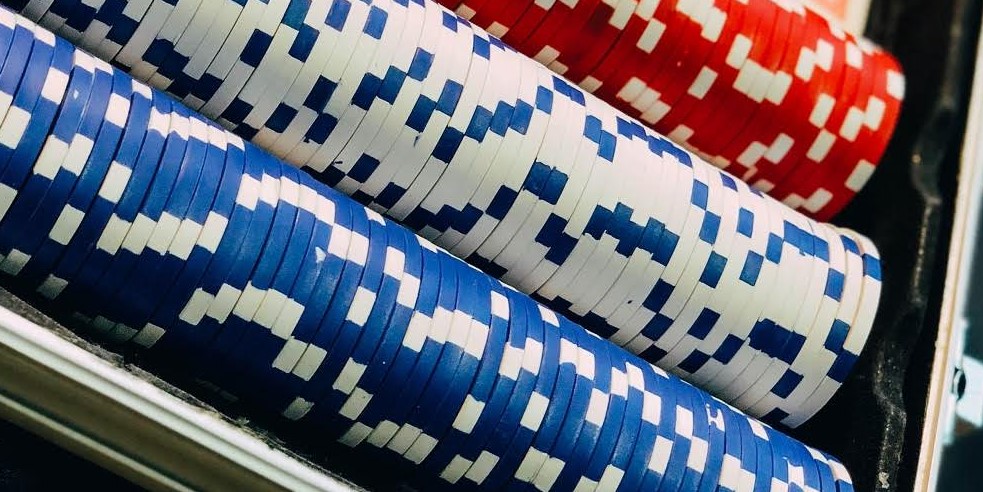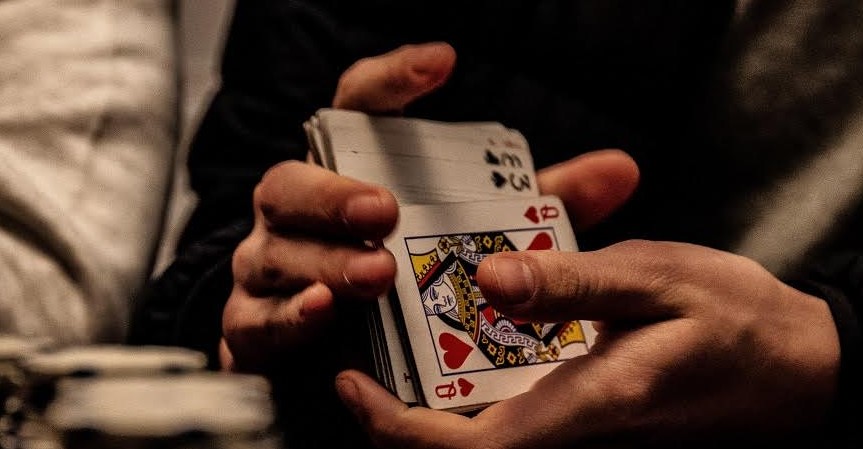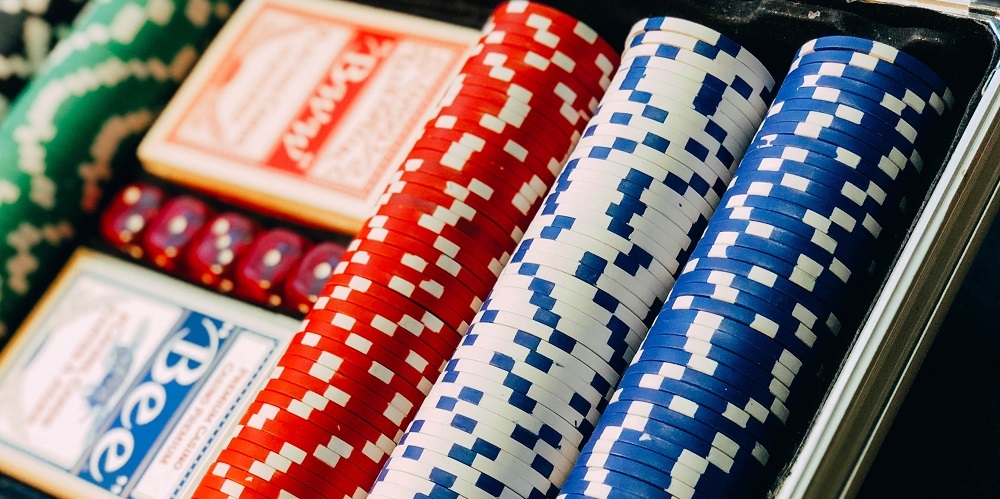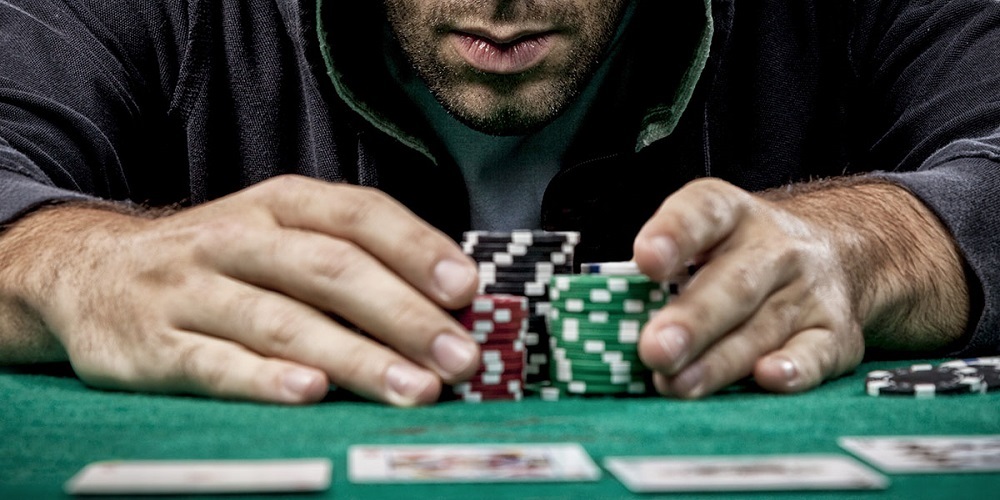Bluffing in poker is one of the most spectacular moves that this game of cards and skill has given us in tournaments and cash games. However, it has been reproduced in a too fantastic way in audiovisual media, and many think that with a mere bluff you can make a spectacular bluff.
While it is true that the basis of the bluff is to deceive the opponent, behind it there is a whole series of circumstances that influence whether the bluff is successful or not, so it takes experience, skill, absolute control of the tells and a lot of cold blood to deceive an opponent and take him to the end without giving him away.
In this small guide, we are going to teach you how to bluff successfully, what you have to look for when executing it and which have been the best bluffs that have been made in the recent history of poker.
How to bluff in poker?
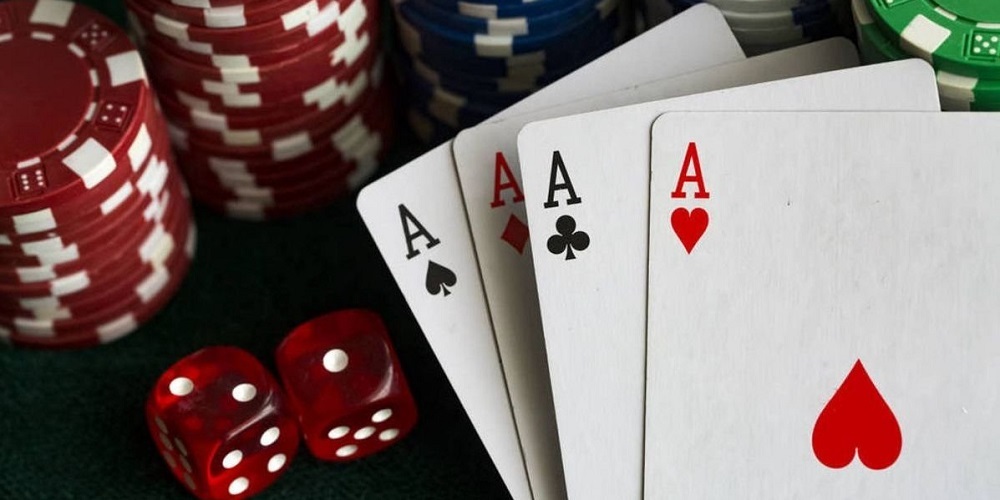
We understand by bluff any action carried out to deceive or induce the opponent to reach erroneous conclusions, making his predictions about our game go in a totally opposite direction to the one we want to direct the game.
It is a way to protect oneself from a bad hand or to attack the pot without good cards and, although the winning potential of a bluff is very high, the risk of doing it wrong is also very high, which would leave us exposed.
We can classify bluffs into bluffs or semi-bluffs, depending on the size of the effects of the action and the type of bluff performed.
A semi-bluff or semi-bluff is a bet or a raise with bad cards that are nevertheless part of a project. In other words, it is a bluff that is not made with nothing. That potential to turn weak cards into a good hand is what differentiates a bluff from a semi bluff.
Mid cards are very interesting in all kinds of poker competitions, because they give the player the possibility to:
- Calculate the outs to finish shaping the draft and fight the pot with a good hand.
- Try to bluff to provoke the withdrawal of the villain’s hand, making him believe that our hand is better than it really is.
- Semi bluffs can be executed in any variant of poker and in all kinds of games, as long as there is a project present and there are different options to improve the hand.
To determine the success or failure of a semi-bluff, we have to take into account the following:
- The profile of the opponent. If he is an aggressive or passive player, and if they see the bets or not.
- The type of table we are at.
- The rate of PRF (Preflop Raise) of the players.
When to bluff in poker?
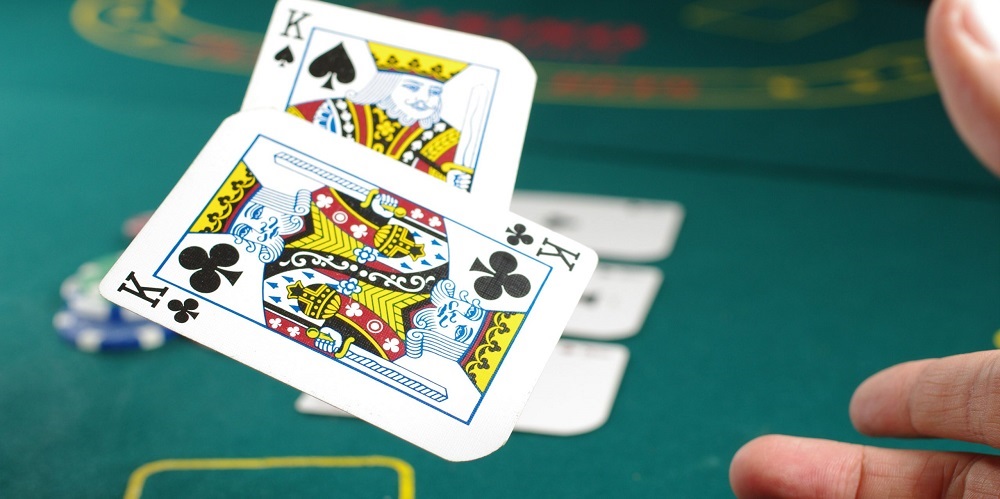
Bluffing is a tool based on circumstances, not timing. For there to be an ideal moment in the game when bluffing can be an option, it is necessary to have a lot of experience and to have played many poker games to detect those windows that open and allow the opponent to slip in a move that induces him to make a mistake.
However, it is difficult to explain at what exact moment it is convenient to execute a bluff. It all depends on what your cards are, how your opponent is playing and how the game is developing.
For example, if we happen to start playing and see that we are measuring against a LAG, the last thing we want to do is to get into trouble by bluffing him. On the other hand, with any fish a semi-bluff can work under certain conditions, especially if your preflop play has been inconsistent.
And a critical point to keep in mind about bluffs is the triple bluff tactic, used by novices and pros to make a strong opponent eventually discard his cards and fold from the hand.
A triple bluff is based on placing a bet each time a complementary card appears. It is a strategy used to try to regain control of the hand when someone else has taken the initiative on the flop.
Triple bluffing is intended to make an opponent throw his cards away; therefore, it is not useful against LAG players. It is especially effective against players who take a lot of time thinking about their next move, although this may be a strategy to get you to bluff and then bust you when you have fallen into their trap.
What is needed to make a triple bluff is a stack large enough to support all the bets you will have to make in order to pressure your opponent into folding.
Best poker bluffs ever
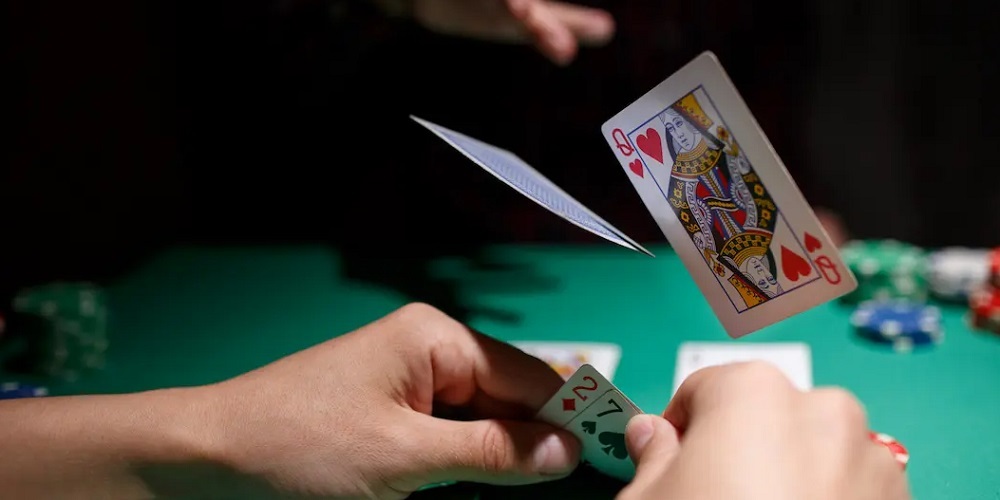
There are several bluffs that are to be framed and that, from the point of view of the show, have been a revolution. The confrontation between Phil Ivey and Tom Dwan still resonates.
Dwan bluffed an anthological bluff while Ivey couldn’t stop thinking about the river, not trusting that such a crazy (and well founded) bluff could work. Playing heads-up all the time is what sustained Dwan’s bluff, true to his heads-up style, which has made him a personality in American high stakes games.
Three years before that Dwan vs Ivey duel, in 2007, Isaac Haxton and Ryan Daut also starred in a duel that still grates to many. And we say it squeaks because Haxton succumbed to Daut in a bluff so theatrical that many still wonder if he really didn’t see it coming. When on the river Haxton re-raises and goes all-in, he takes the pot before even showing his cards. A prize of over $700,000 that will go down in history.
If we go back a little further, to the end of 2005, we can recover the Ivey of yesteryear in one of those bluffs that today are no longer seen. Poker has evolved, and what was once groundbreaking today is now a distant memory.
Phil Ivey and Paul Jackson faced each other, at a time when televised poker was the equivalent of a major motion picture event. The bluff was long and kept very cool throughout the street, with 6 calls and re-raises from Ivey against Jackson.
A tricky play that worked on his day when Ivey was pot committed because he had invested over 50% of his stack. Based on his blocking game, he concatenated several raises that left Jackson in a position of shock, with Ivey staring Jackson in the eye for several minutes and putting all the pressure on him. A bluff based on a 3-bet on the flop that makes little sense but has gone down in modern poker history.
